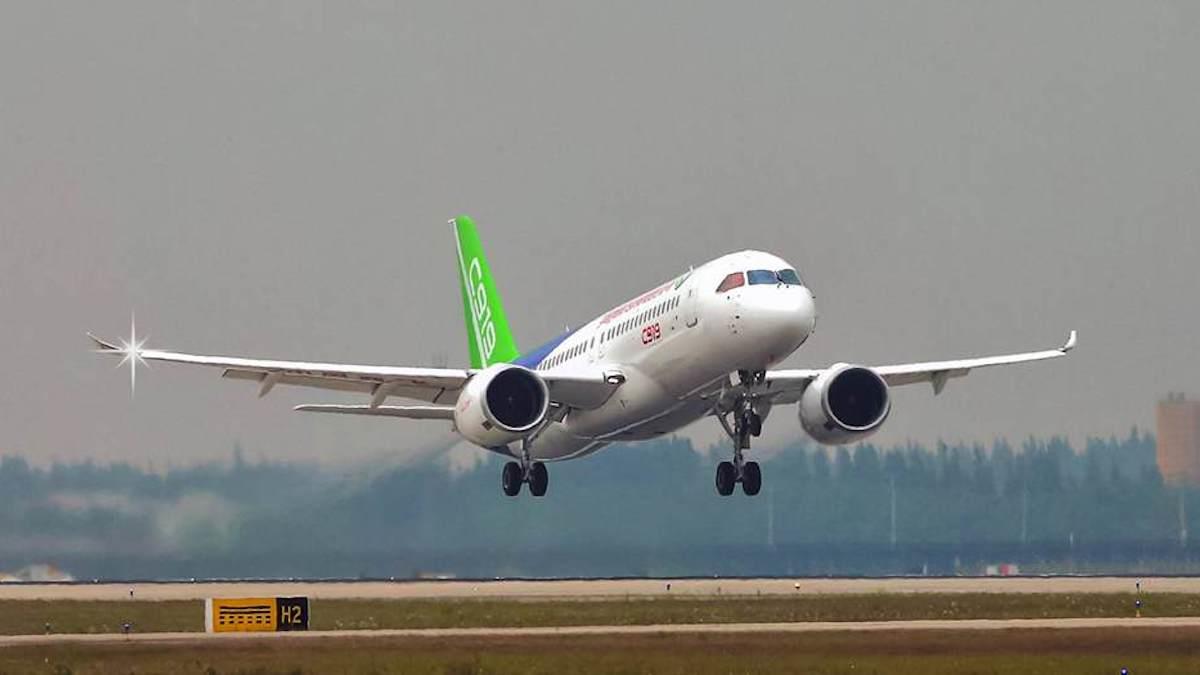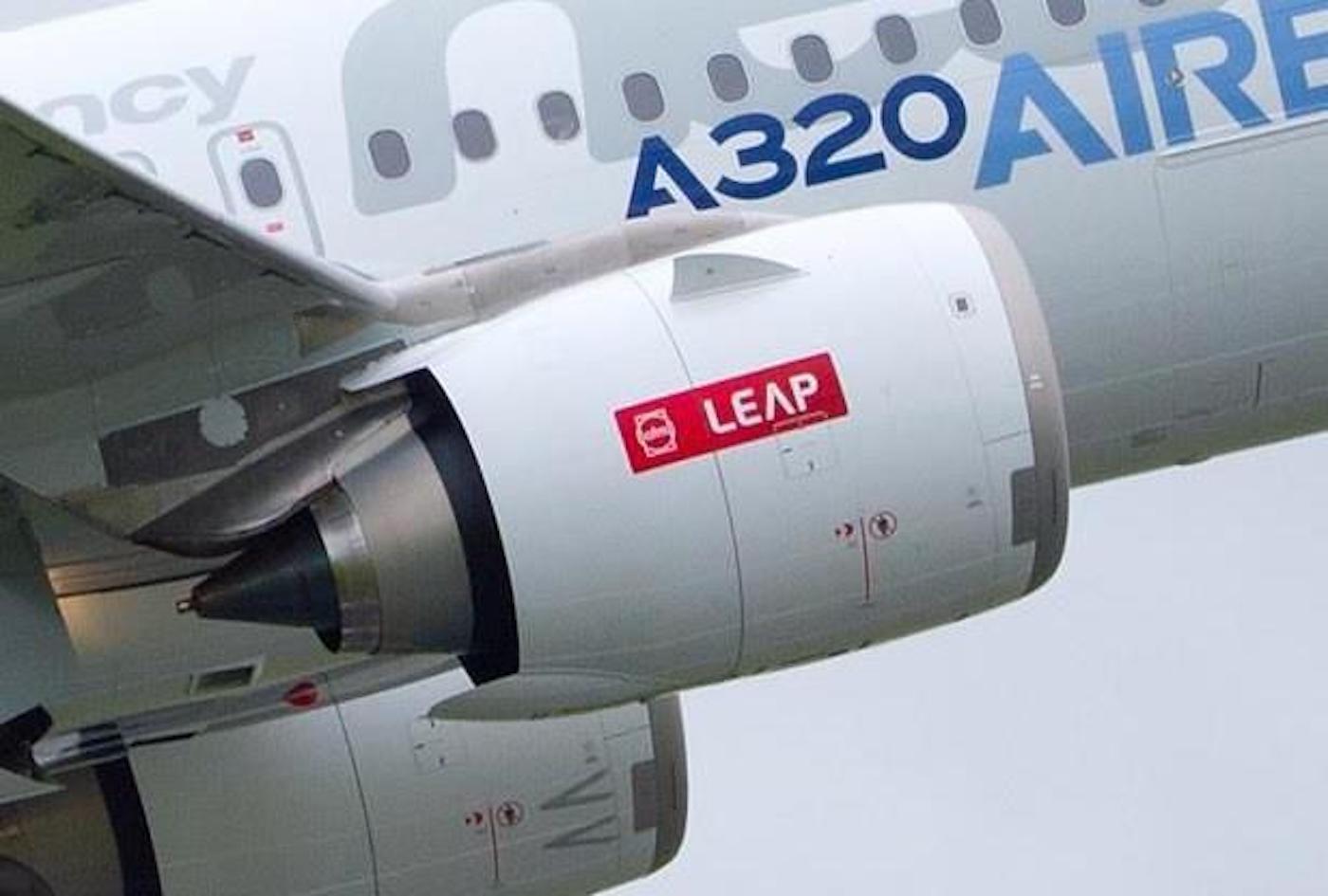(MENAFN- Asia Times)
China's C919 narrowbody passenger jet has completed all test flights, bringing the plane a step closer to receiving an airworthiness certificate for commercial operations in China.
Commercial Aircraft Corp of China (Comac), founded in 2008 and headquartered in Shanghai, has spent almost seven years testing its self-developed C919 airliner, which ultimately aims to compete with France's Airbus A320 and America's Boeing 737.
The company has submitted the C919 test results to the Civil Aviation Administration of China (CAAC), the country's aviation regulator, and will then wait for official certification to fly. The C919's official launch may take place in the next two years while mass production is expected to commence between 2027 and 2029.
Chinese state media trumpeted the successful test flights as a big milestone for China's civil aviation industry, meaning that China now has the ability to assemble its own passenger flights.
The Communist Party mouthpiece Global Times quoted unnamed market observers as saying C919 had two key advantages, namely price and after-sale services, against foreign competitors for the local market.
Global Times said the aircraft's price tag will be lower than that of comparable Boeing and Airbus aircraft, as it will be exempt from import duties, and that production and service teams will be based in China, which will provide convenience to Chinese airlines.
However, other Chinese media said the passenger jet could face obstacles if Comac is eventually banned from using US engines and parts.
Aero Engine Corporation of China, a state-owned enterprise, started developing China's first turbofan engine known as CJ-1000A a decade ago. With parts and technologies supplied by the United Kingdom, Germany and Italy, the company targeted to make breakthroughs on the project within five years.
Comac launched the C919 program in 2008 and planned to have the self-developed aircraft ready for commercial lift-off by 2016. But the launch was delayed and assembly of the first C919 prototype was only completed in late 2016.
The aircraft, which has 158-168 seats and a flight range of 4,075-5,555 kilometers, had its first trial flight in May 2017, marking the beginning of a five-year-long testing period.
Comac announced on Monday (August 1) that the C919 had completed all required trial flights and would be able to start its commercial operations after getting an airworthiness certificate from the CAAC.

C919 is China's self-developed passenger jet but 90% of its suppliers are foreign firms. Photo: Comac
Media reports said after Comac obtains an airworthiness certificate, it would have to spend another six to 12 months conducting demonstration flights on commercial routes and providing technical training for pilots and other relevant personnel. That means the C919's official launch will likely be held between 2023 and 2024.
However, whether Comac would be able to start the mass production of C919 on schedule in 2027 was another matter altogether, analysts said.
Of the C919's 82 primary suppliers, 48 are American companies while 26 are European firms, according to a report published by the Center For Strategic International Studies, a US-based think tank. That means 90% of the C919's suppliers are Western companies.
The C919 airliner uses a high-bypass turbofan engine known as the leading edge aviation propulsion (LEAP), which is produced by CFM International, a 50-50 joint venture between American GE Aviation and French Safran Aircraft Engines.
It also uses an auxiliary power system, wheels and brakes, flight control package and navigation package supplied by Honeywell Technologies, a US company.
In late 2020, the Trump administration banned Comac from buying US aircraft parts because the firm allegedly had ties with the People's Liberation Army Air Force.
A Chinese article titled“What if the US stops supplying engines for C919?” was widely circulated by Chinese websites last year.
The article said some people were doubtful whether C919 could be called“self-developed by China” as most of its parts were made by foreign companies. Others said such criticism was groundless as the most difficult part of making a plane was the assembly. It noted that even Boeing and Airbus used foreign-made parts.
The same article said Comac had to prepare for the possibility that the US could ban it from using CFM International's LEAP engine. It said Comac had already started developing the CJ1000 engine several years ago and would probably be able to make breakthroughs within the next five years.

The CFM-made LEAP engine. Image: Twitter
It said by that time, C919 would enter its mass production phase and could use the CJ1000.
MTU Aero Engines, a German aircraft engine manufacturer, and Avio S.p.A., an Italian aerospace firm, had contributed to the development of the CJ1000 engine, according to previous reports .
GKN, a British automotive and aerospace component supplier, provided ACAE with the low-pressure turbine shafts for the CJ1000 project.
Zou Jianjun, a professor at the Civil Aviation Management Institute of China, said it would take some time for C919 to accumulate a flying record before it could apply for airworthiness certificates overseas. Zou said it was too early to say when the C919 could be shipped globally.
Zou predicted annual demand for C919s in China would be about 300 units per year over the next 20 years. He predicted the C919's market share would depend on the pace of its production and delivery.
Comac claims it has already received 815 orders for the C919 from 28 customers worldwide.
Over 50% of all commercial jets operating in China are Boeing aircraft, and more than 10,000 Boeing aircraft currently fly around the world using Chinese-made components and assemblies, according to the official website of Boeing, the Global Times reported.
Airbus told the Global Times earlier that China is the largest single-country market for Airbus' commercial aircraft and deliveries to the Chinese market last year represented over 20% of Airbus' total deliveries worldwide, the same state media report said.
Read: Huawei hopes for mobile revival with HarmonyOS 3
Follow Jeff Pao on Twitter at @jeffpao3
MENAFN03082022000159011032ID1104637310
Legal Disclaimer:
MENAFN provides the information “as is” without warranty of any kind. We do not accept any responsibility or liability for the accuracy, content, images, videos, licenses, completeness, legality, or reliability of the information contained in this article. If you have any complaints or copyright issues related to this article, kindly contact the provider above.